Yoga online during Corona
Over the past six months, due to the Corona pandemic, I’ve been holding my yoga classes live online. At the beginning of the full lockdown this was necessary to continue providing yoga benefits to this community centered around a queer and trans prioritized space.
Problems with online formats
The first issue is access to a good and stable internet connection. I am able to offer a good connection from my own space, but not all of my participants have that access.
The other main issue is that it is more difficult to read participants’ needs. I see a screen filled with boxes of others’ screens. They are cropped or in shadow because of limited lighting and distorted because of internet bandwidth issues. Unable to make eye-contact, small body language cues are lost in digital translation. While practicing yoga we often move from standing to sitting or lying on the ground. Most webcams have a narrow field of view, so I’m not able to see everything a participant is doing. This makes it more difficult to offer suggestions or feedback to assist participants in achieving more out of a pose or breathing exercise, or to help prevent injury.
To counter some of these issues and to help people manage through the pandemic, I’ve changed my lessons a little bit. They are now less physically intensive and focused more on breathing exercises, meditation and movement that helps to reduce anxiety. The heat wave in Berlin over the past few weeks has also encouraged it!
Returning to indoor spaces
As September nears and schools, fitness centres and yoga studios open back up, the question of whether to return arises. I’ve sent out a survey to participants of my queer yoga class to get their feedback on that question. Even though cases in Berlin are low compared to other cities, some people don’t feel safe enough to practice indoors. As a recent blog of ours outlines, there are local guidelines for practicing yoga indoors to help reduce the risk. But with so many unknowns about the Coronavirus, I also feel uncertain about going back to our lovely backyard Kreuzberg yoga garden space just yet.
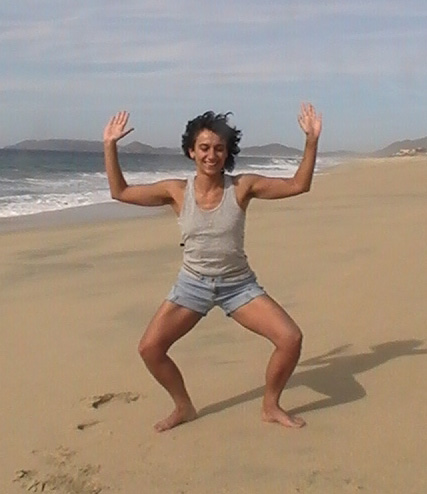
Why not outdoor yoga?
A number of people have suggested that I offer outdoor yoga. That would address some of the concerns about practicing indoors without the complications of online platforms. I’ve done some outdoor yoga practice in the past and will likely do some more one-off events in the future. But I don’t want to offer a regular yoga class outside. Here’s why:
- I endeavour to create a safer space for queer and trans* people to practice yoga. In a public park, there is a high likelihood of being disrupted by onlookers with a patriarchal heteronormative body-shaming gaze. I have experienced this first hand on many occasions and it’s not calming. I would not want my participants to have to deal with that while also trying to practice yoga. I’m not sure I can keep them safe.
- A space that’s secluded enough to avoid disruptions may be far away from our Kreuzberg yoga studio.
- The weather is not predictable enough to ensure a regular practice at the same time and at the same place. Regularity helps to maintain a sustainable yoga practice. It also reduces the amount of communication and confusion about where and when the class may be taking place. And as the autumn rolls in, the weather is getting colder!
- Being around trees and plants is lovely, I get that! But green grass causes a lot of problems – allergies being one of them. And the roots and stones of the ground make it uneven. I myself have experienced injuries practicing on uneven ground and wouldn’t wish that upon my participants.
Benefits of yoga live online
Another amazing thing that’s happened over the past 6 months is that a number of people have joined my classes who are not local to Berlin. If I offered my classes offline only, they would not be able to attend anymore! This new development is something I’d like to continue to be able to offer the international English-speaking queer yoga community. When I eventually do return to offline classes, I will definitely continue online yoga classes. If you are reading this blog maybe you’d like to check them out? Please fill in my survey with the date and time that would work for you!
At English Yoga Berlin we offer small classes for more personalised practice and private yoga sessions. Juli‘s yoga classes in English are a slow Vinyasa yoga / Svastha yoga mix. Contact us here to learn more or check our class schedule.




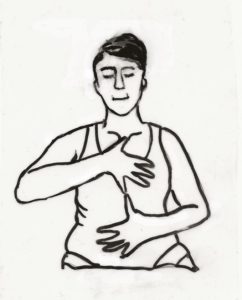
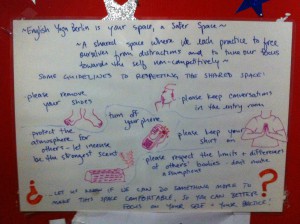
 The COVID-19 pandemic has revealed some unexpected things about our society. In the past, when we’ve imagined through films or literature what the world would look like during a viral outbreak, the
The COVID-19 pandemic has revealed some unexpected things about our society. In the past, when we’ve imagined through films or literature what the world would look like during a viral outbreak, the 
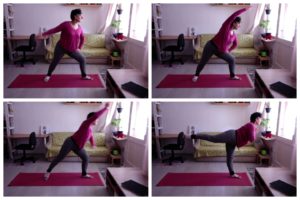
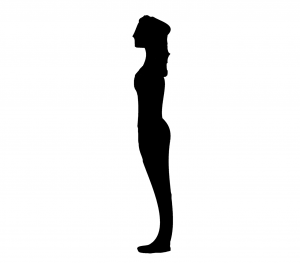
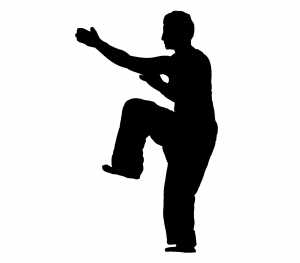
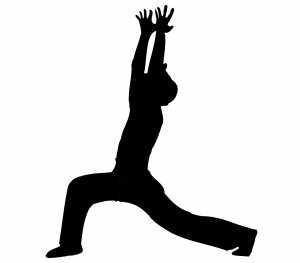
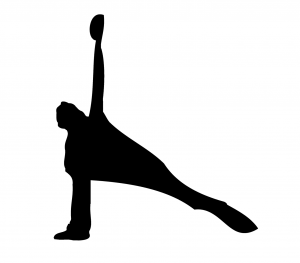
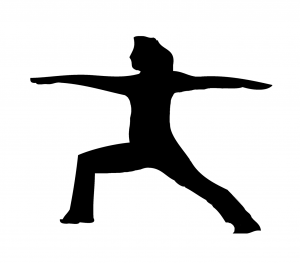 Warrior II:
Warrior II: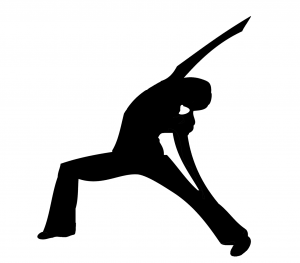 Inverted Warrior:
Inverted Warrior: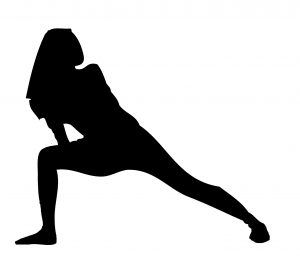 Extended Side Angle:
Extended Side Angle: Wide-legged Forward Fold:
Wide-legged Forward Fold: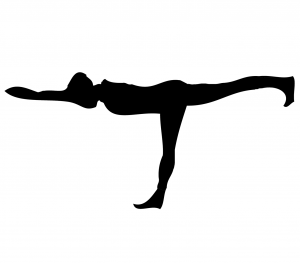 Warrior III:
Warrior III: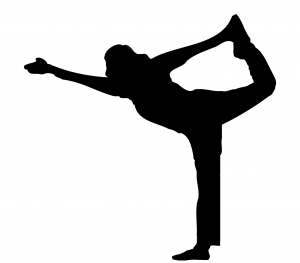 Dancer:
Dancer: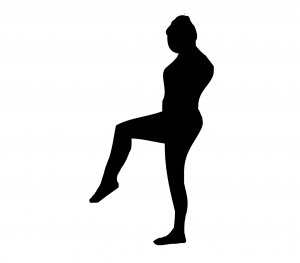 Balance:
Balance: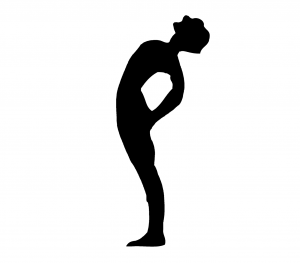 Surrender:
Surrender:





